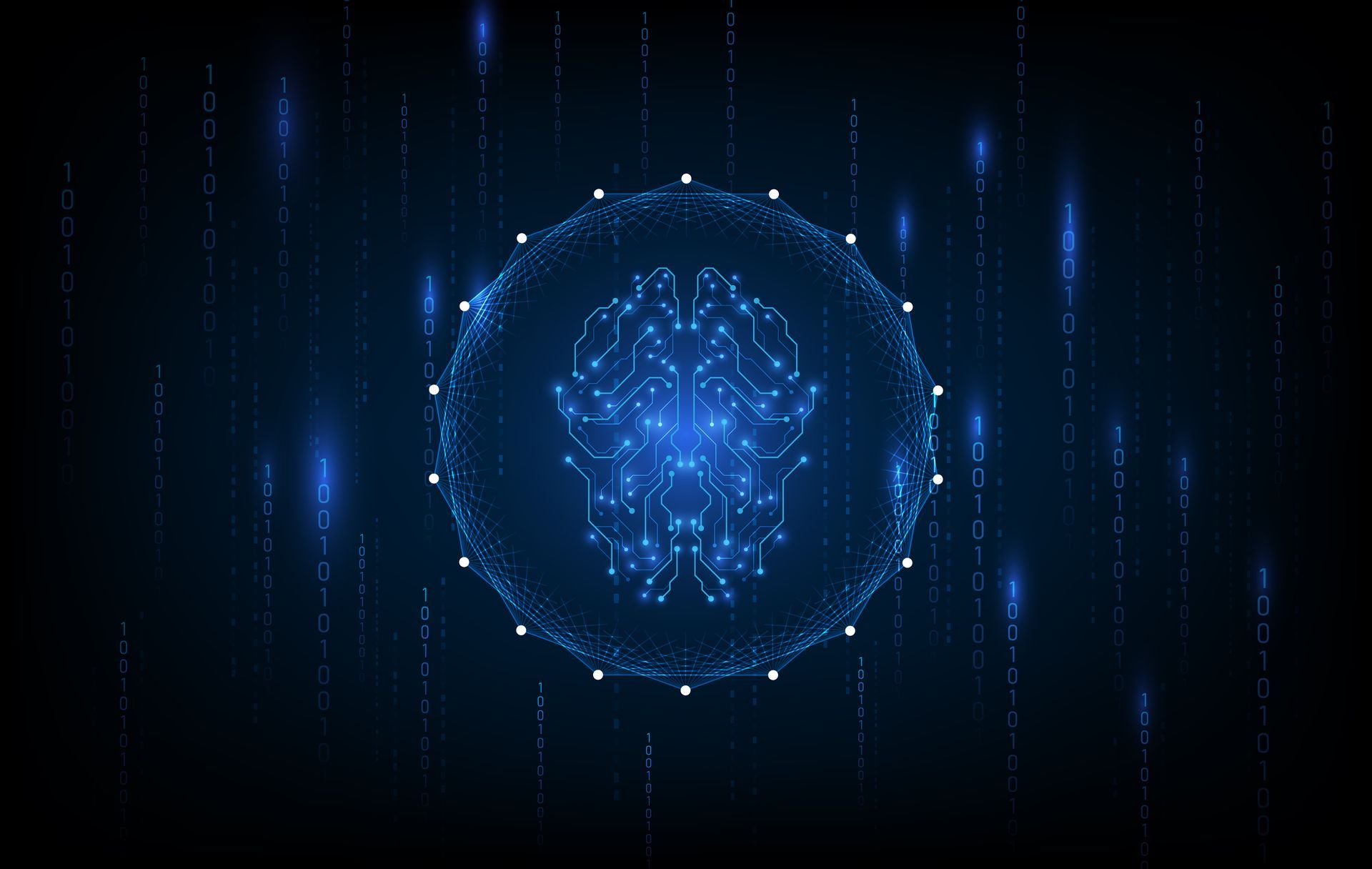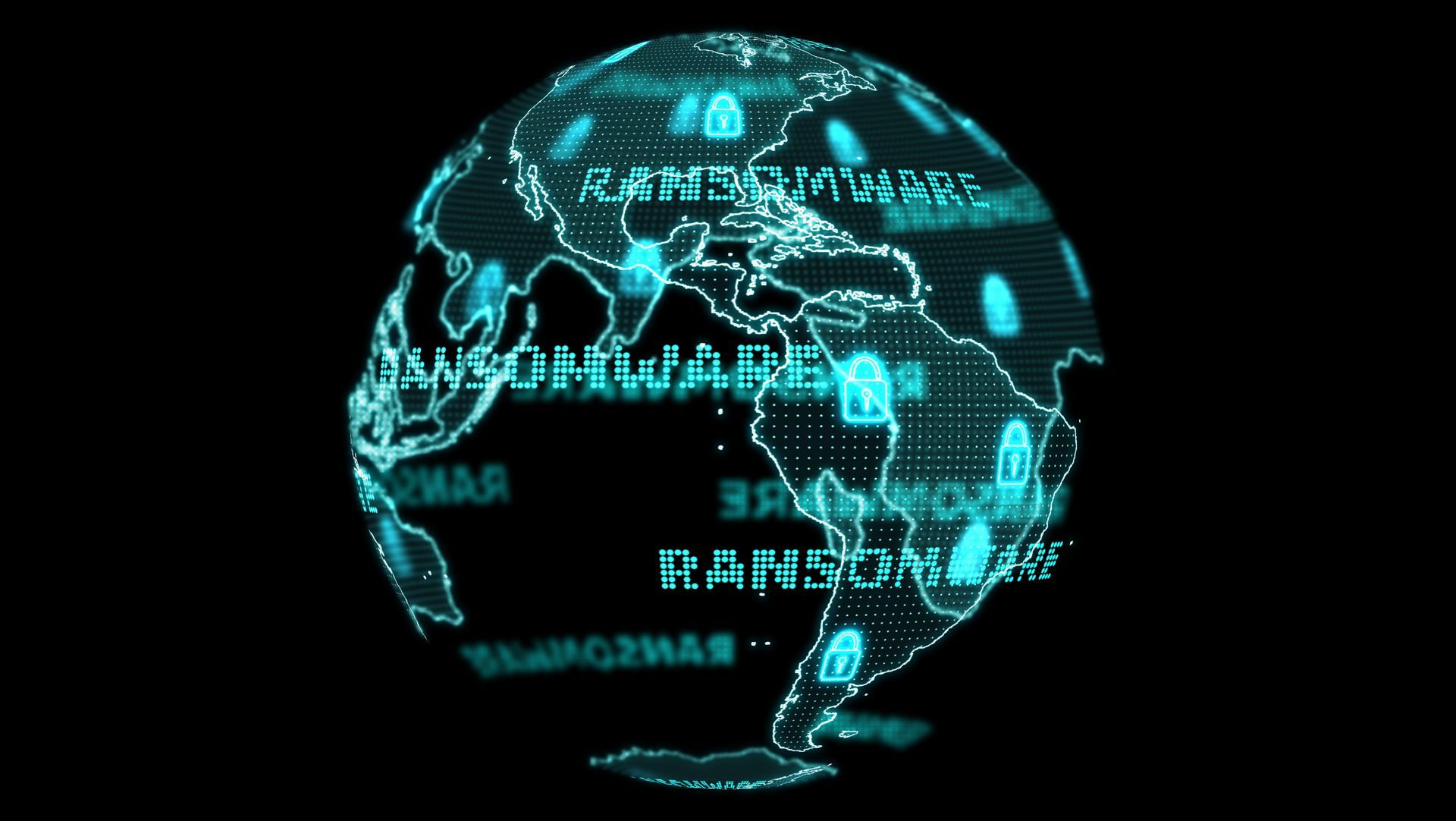Let's talk: +49 (0) 228 50431650 | Mail: info@e2security.de
Business and IT: Like Cain and Abel?
For English, please scroll to the end of this blog article
Für Englisch, scrollen Sie bitte an das Ende dieses Blogartikels
Appropriate IT solutions are crucial for the success and security of a company. But how is it that often the IT department is the scapegoat of companies? Almost every department is concerned with strategic planning, long-term goals, measures that are coordinated with each other, and of all things, IT seems to be going haywire. Quick solutions are needed, driven by digititalization pressure triggered by the pandemic, which is giving departments a good run for their money.
“Our IT is not getting off the ground!” or “The IT solutions don’t fit at all” – these or similar statements are often made by friendly colleagues from other departments. From the business perspective, in-house IT is often too slow, does not implement new requirements and presents a patchwork of solutions. IT, on the other hand, sees itself as the driven one, little supported and taken seriously, and in times of pandemic and war, even more pressured and constantly forced to move. Added to this is the budget pressure. Where does this discrepancy in perception come from? Historically, the answer is. This attitude comes from a time when IT was merely a technical service provider for the employees, and this attitude should be urgently revised so that there is better cooperation for the sake of the company’s success.
This is because the company’s own IT represents the link between business and technology within the company. It is therefore an essential component in the development of corporate strategies and business areas based on new technologies and thus also has an increasingly strong influence on value creation. Improving communication and understanding between business and IT is fundamental and indispensable for successful business models that are adapted to the needs of the market.
New thinking for IT
Old thought patterns must be abandoned in order to embark on a sustainable and strategic development in the right direction,. Start-ups with digital business models, whose approaches can be applied to the ways existing companies function, can serve as a model for this. Startups view IT as a driver whose performance is not measured in terms of saved costs, but rather in terms of the innovative power it delivers. The thought-provoking impulses provided by this IT are highly relevant to the core activities of the company, agile in conception and focused on business-oriented implementability. Away from being a pure service provider and computer nerd to a respected department that does not generate costs, but helps to run a successful and progressive business.
Der Beitrag Business and IT: Like Cain and Abel? erschien zuerst auf e2 Security.



Let's talk.
You have questions about this article or want a consultation?
Please contact us directly!

e2 Security
Wir treiben die digitale Transformation voran, indem wir Cybersicherheit direkt in die Wertschöpfungskette Ihres Unternehmens integrieren.





